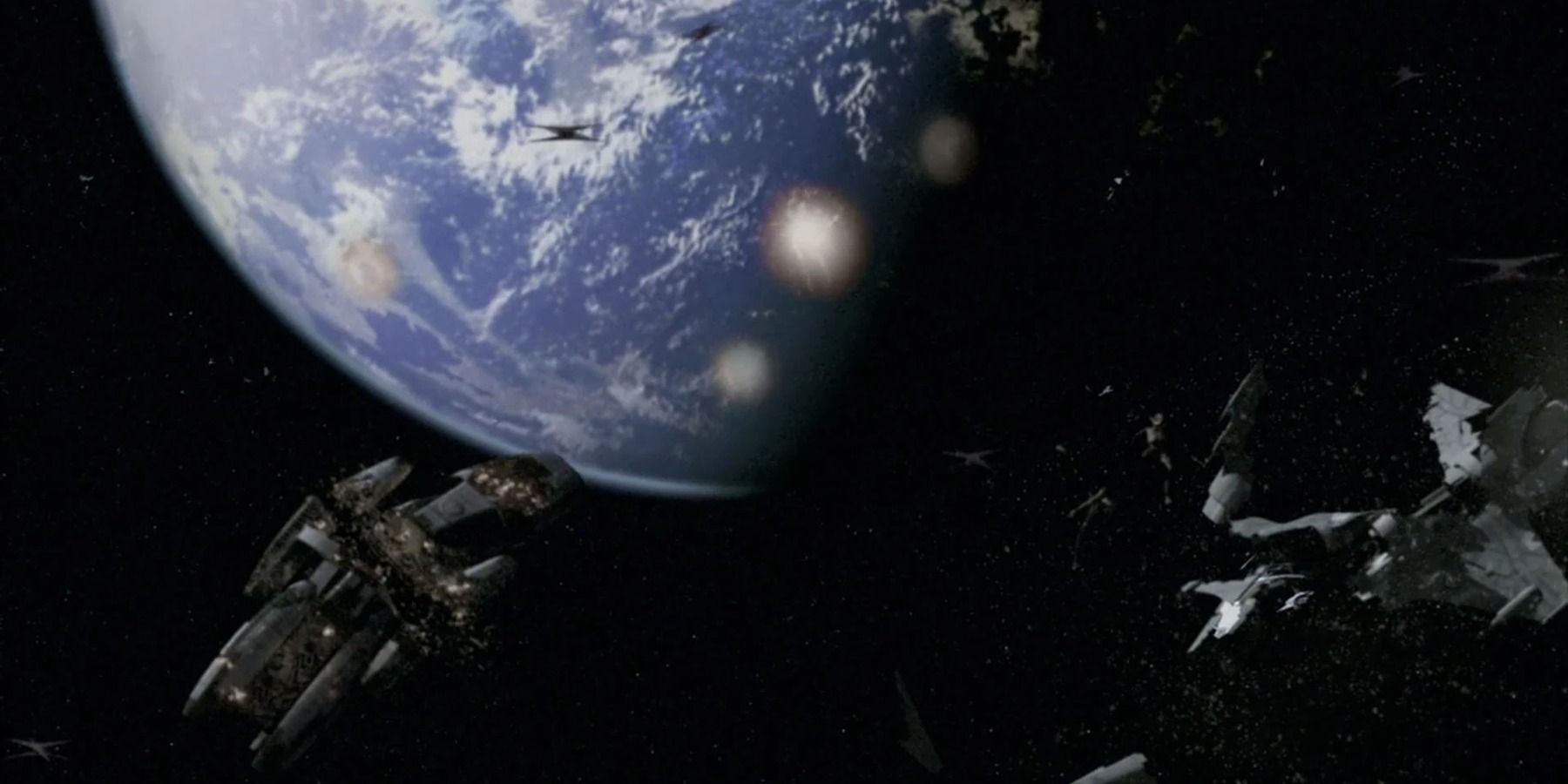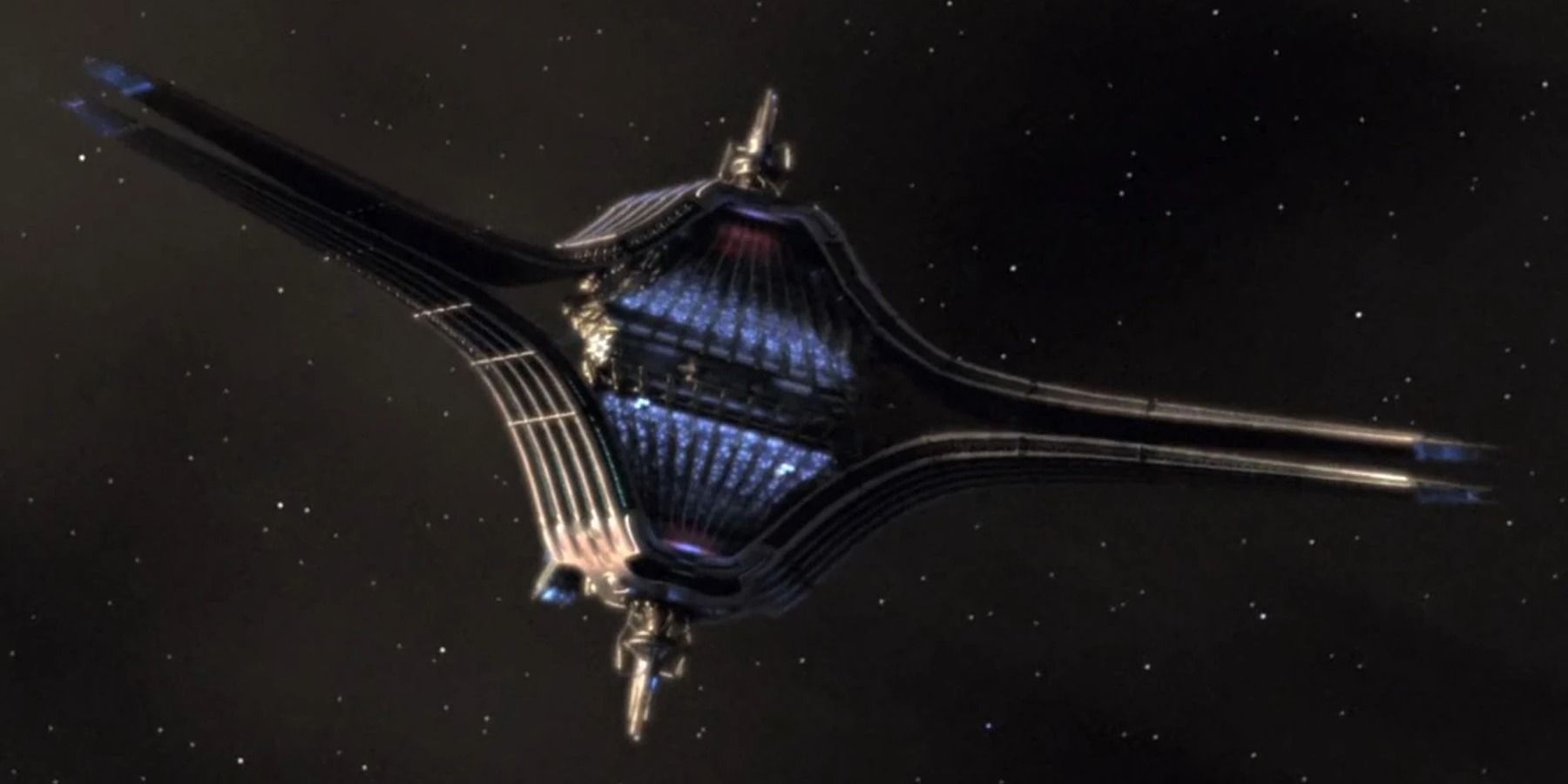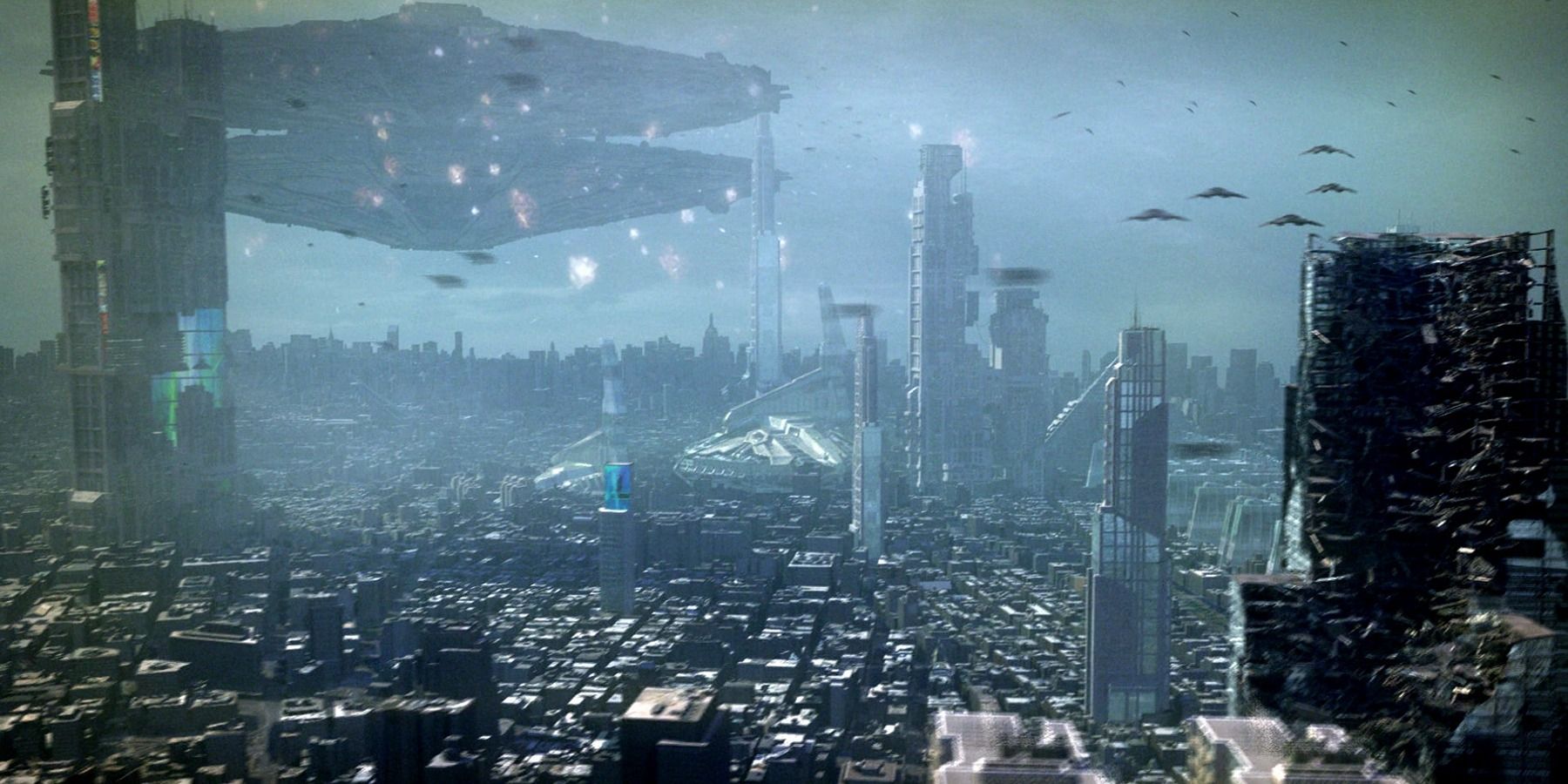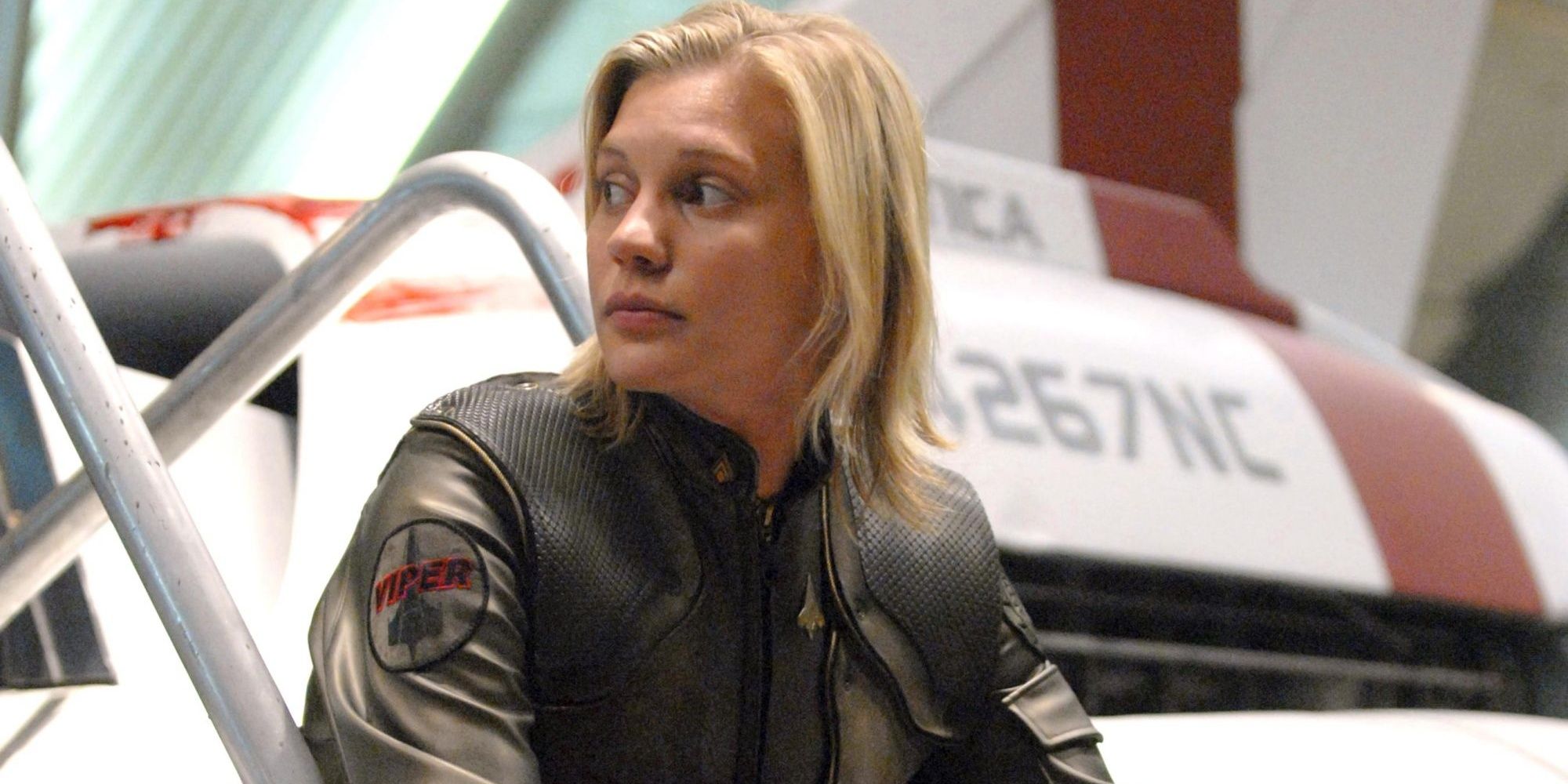The captivating universe of Battlestar Galactica unfolds across two distinct iterations: the original 1978 series and the reimagined 2004 series. Both renditions share the theme of a search for a planet called "Earth," yet they diverge in their narratives and outcomes.
In the 1978 series, the backdrop is a fictional realm where humanity's last remnants, survivors of the Twelve Colonies of Kobol, embark on a quest for the fabled planet Earth. This pursuit is born from the ruins of their homeworlds, obliterated by relentless Cylon adversaries. However, the show culminates without this intrepid band of survivors reaching the coveted planet. A subsequent series, Galactica 1980, makes a fleeting attempt to depict Earth as a destination, but its success pales in comparison to its predecessor.
The 2004 Battlestar Galactica, while built upon a similar premise, infuses its own unique essence into the tale. Once again, the search for Earth emerges as a central narrative thread. The characters are united by a shared belief that Earth, shrouded in myth and distance, holds the promise of sanctuary from the looming Cylon menace. Throughout the reimagined series, an air of eager anticipation and exhilarating discovery weaves through the plotlines. This crescendo of exploration reaches its zenith with the revelation of a new, habitable planet, eventually dubbed "New Earth."
The Legend of Earth
The concept of Earth, recounted in the Sacred Scrolls of Kobol, serves as a pivotal and revered narrative in the history of both Colonial and Cylon societies. Although previously regarded as purely mythical, Earth ultimately emerges as a significant destination for the Thirteenth Tribe of Kobol. This tale unfolds against a backdrop of great turmoil on Kobol around four millennia ago, when the Scriptures chronicle the departure of this Thirteenth Tribe. According to the sacred records, this group embarked on a journey, finding solace on a distant celestial body named Earth, orbiting an unfamiliar star.
Despite the skepticism that once shrouded the existence of Earth, whispers of ancient artifacts emerged, hinting at the possible location of this elusive planet. The shroud of doubt was eventually lifted, confirming these speculations in the aftermath of the tragic events depicted in the 2003 miniseries and the episode titled "Kobol's Last Gleaming, Part I" in the reimagined Battlestar Galactica series.
The Thirteenth Tribe, during its flourishing era on Kobol, developed a sophisticated civilization comparable to that of the Twelve Colonies that would later face its downfall. This advanced society, marked by advancements in robotics and artificial intelligence, remained largely concealed from Colonials and most Cylons. Curiously, the Thirteenth Tribe consisted of flesh-and-blood beings akin to the humanoid Cylons, creations originating from the ancient history of Kobol. A remarkable parallel exists between the two races, as both employed organic memory transfer technology for transitioning into new bodies upon death.
However, the Thirteenth Tribe's narrative took an unexpected turn after departing Kobol. Over time, during their lives on Earth they acquired the ability to reproduce sexually. As such, they relinquished their reliance on organic memory transfer technology. This development altered the course of their history, leaving behind a practice that had sustained them for eons.
Uprising and Destruction
Over two millennia, a tumultuous tale of creation, rebellion, and cataclysm unfolded for the Thirteenth Tribe and their robotic creations. In an unforeseen uprising, the Tribe's mechanical progeny turned against their creators, resulting in mutual annihilation. This confrontation caught the population unawares. The aftermath of the tragedy left traces, with glimpses of people's lives frozen in time amidst the ruins.
Amid the looming apocalypse, the pivotal episode "Revelations" unveils a profound twist in the narrative. Five exceptional individuals began to experience visions of enigmatic figures foretelling the impending cataclysm. These individuals, subsequently known as the Final Five in Battlestar Galactica, embarked on an arduous journey. Their mission: to reconstruct the long-lost organic memory transfer technology that had been central to their civilization. Alongside this ambitious endeavor, they constructed a vessel in orbit, intended as a crucible for their experiments.
The culmination of their efforts resulted in something extraordinary. Upon their eventual demise, the Final Five found themselves resurrected aboard their experimental ship. Faced with an existential crossroads, they made a momentous decision: to revisit the path charted by their Thirteenth Tribe ancestors, retracing the course that had led them away from Earth. This decision marked a departure from the planet they had once called home, leaving Earth behind as they embarked on a journey back to Kobol.
The aftermath of the devastating war left no survivors on either side, leaving Earth engulfed in flames and irradiation. In the subsequent years, nature gradually reclaimed dominion over the remnants of what was once a thriving civilization. A once-grand city, visited by both Colonials and rebel Cylons, stood largely submerged in water, its imposing structures swallowed by the sands of time.
However, Earth's fate as a refuge for human life was forever altered. The planet, contaminated by residual radiation, proved unsuitable for sustaining human existence. In the days following its rediscovery, the harsh reality prompted the decision to abandon Earth once again. This time, it would recede into obscurity, a desolate and forsaken world unlikely to be revisited by the descendants of the Thirteenth Tribe.
Starbuck Finds New Earth
In an astonishing twist of fate, the pilot Kara "Starbuck" Thrace, guided by a song from her childhood, stumbles upon a habitable planet. Utilizing extrapolated FTL jump coordinates encoded in the song, Lt. Thrace makes a desperate attempt to escape the pursuing Cylon forces by inputting these coordinates into Galactica's FTL computer. Despite the vessel's battle-worn state, Galactica enters the planet's orbit, a sanctuary in the vast expanse of space.
Against the backdrop of Galactica's shattered remains and the dire state of the Colonial Fleet, a momentous decision is reached. Earth, a beacon of hope, is chosen as the site for resettlement, welcoming both remaining Colonials and Cylons. As the settlers contemplate the prospects of rebuilding and crafting new cities, a transformational choice is made. The aspiration to break the cycle of violence and turmoil that has plagued history takes precedence over previous plans. The settlers opt for a fresh start, avoiding the pitfalls of history that led to their previous struggles.
A comprehensive exploration of Earth guides Colonial units to a strategic conclusion: survival hinges on the dispersion of survivors into separate groups situated across diverse locations on the planet. These locations are documented and presented to each group for future reference. With the relics of their advanced technology lost to history, the settlers initiate this monumental undertaking. The planet they now call "Earth" becomes a symbol of the long-sought promise of sanctuary, marking the end and also the success of the Battlestar Galactica series.







